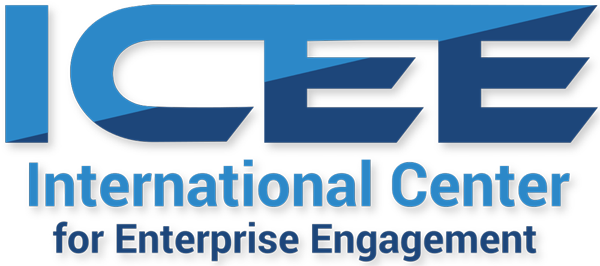How to Profit From ISO Human Resources Standards
- ISO standards provide a voluntary roadmap to effective practices from which any size or type of organization can benefit.
- ICEE’s Human Capital Audit practice can help your organization conduct a 21st-century human resources audit that includes the latest ISO 30414 Human Capital and ISO 10018, Annex SL People Engagement, and ISO 30415 Diversity, Equity, Inclusion guidelines.
The International Organization for Standardization (ISO) has helped revolutionize fields as diverse as quality and safety management through the publication of standards comprised of low-cost effective practices any type and size of organization can use as a reliable roadmap to improve its processes and outcomes. Now, several hundred volunteers from 31 participating and 23 observing countries representing academics and practitioners hope to accomplish the same for the field of human resources.
Since its formation in 2011, the ISO Human Resources Group has published nine standards, guidelines, or technical specifications, with 10 more under development, covering key topics including assessment, recruitment, workforce planning and six others already available (see below for a complete list). Under development are diversity, knowledge management systems, employee engagement, and six more, all listed below. The goal is to bring effective human capital practices to every organization of every type and size. (For complete information on the new ISO HR standards, see ESM report: “ISO Releases the First Standards on Human Resources Practices.”.)
An Open Source Approach to Effective Management
ISO HR standards offer the following unique advantages:
- They are developed in a highly respected, laborious, consensus-based process that has effectively created thousands of standards that help improve organizational effectiveness and commerce worldwide.
- Most effective practices are made available to everyone. For very little money, any organization can purchase the standards online and use them, either to establish the most appropriate human resources strategy or to benchmark their current practices. No one need worry about remaining reliant on expensive, proprietary platforms or consultants, and even when they do have those resources, standards help organizations of all sizes, types and maturity in the private and public sectors benchmark their practices. These standards can particularly help organizations that don’t have the resources to hire consultants or those not large enough to have someone in charge of human resources full time.
- The standards reflect the input of a wide variety of experts selected by each individual country. The process includes both in-person and web meetings that require a two-thirds vote for final approval. The standards are updated at least every five years using the same process.
- The adoption of standards is strictly voluntary. A lot of people are under the impression that ISO standards require audits and certification fees. That is true when an organization believes that the discipline of the audit process or displaying the ISO logo in its marketing and/or talent recruitment is beneficial, or if the standard is a “requirements” standard, but many companies purchase the standards and perhaps some learning materials if available and do it on their own.
Current ISO HR standards include:
- ISO 10667-1:2011. Assessment service delivery — Procedures and methods to assess people in work and organizational settings — Part 1: Requirements for the client.
- ISO 10667-2:2011. Assessment service delivery — Procedures and methods to assess people in work and organizational settings — Part 2: Requirements for service providers
- ISO 30400:2016. Human resource management — Vocabulary
- ISO 30405:2016. Human resource management — Guidelines on recruitment
- ISO/TR 30406:2017. Human resource management — Sustainable employability management for organizations.
- ISO/TS 30407:2017. Human resource management — Cost-Per-Hire
- ISO 30408:2016. Human resource management — Guidelines on human governance
- ISO 30414. Human resource management — Guidelines for human capital reporting for internal and external stakeholders
- ISO 30409:2016. Human resource management — Workforce planning
- ISO/TS 30410:2018. Human resource management — Impact of hire metric
- ISO 30415. Diversity and inclusion
Standards and guidelines under development include:
ISO/NP 10667-1. Assessment service delivery. Procedures and methods to assess people in work and organizational settings. Part 1: Requirements for the client
ISO/NP 10667-2. Assessment service delivery — Procedures and methods to assess people in work and organizational settings — Part 2: Requirements for service providers
ISO/AWI 23326. Human Resource Management — employee engagement — guidelines
ISO/AWI TS 23378. Human Resource Management: Turnover and retention technical specification
ISO/PRF 30401. Knowledge management systems — Requirements
ISO/TS 30411. Human resource management — Quality of hire metric
ISO/AWI 30416. Human resource management — Workforce management
ISO/AWI 30419. Guidelines for ensuring a positive candidate experience during the recruitment process.
